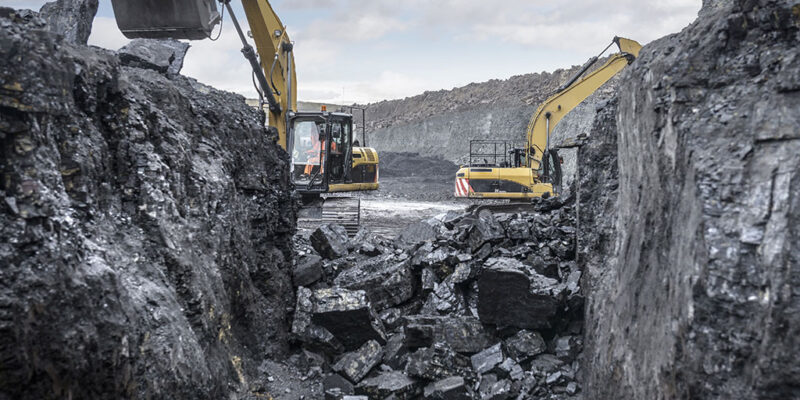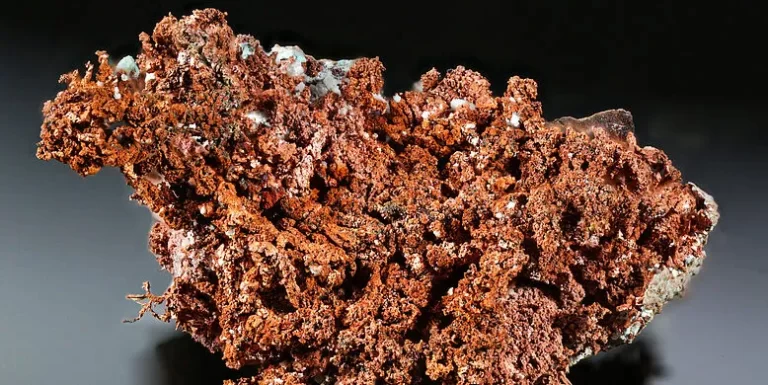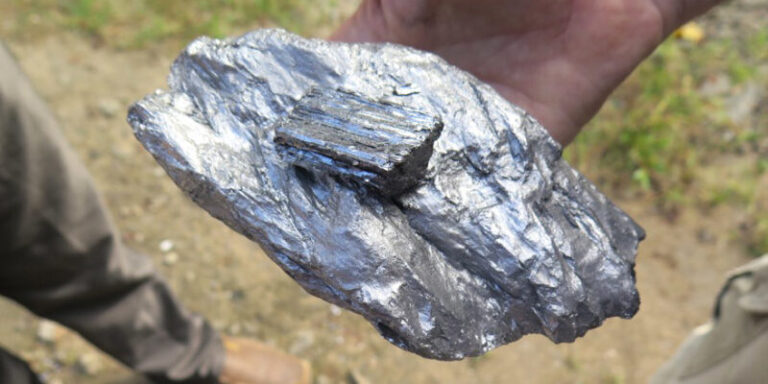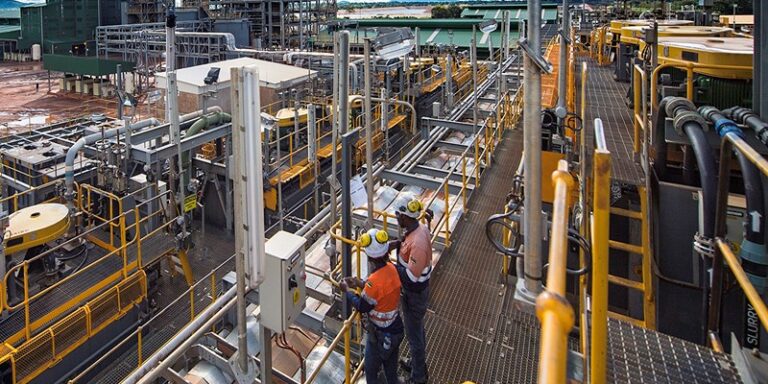
Africa has considerable lithium resources, boasting 5% of the world’s total reserves. Lithium is an essential element for the energy transition and is used in a variety of applications, including batteries for electric vehicles and energy storage systems.
As the auto industry shifts towards electric vehicles, lithium-rich African countries such as Zimbabwe and Namibia are poised to benefit from increased global demand.
Arcadia Lithium Project, Zimbabwe: The Arcadia Lithium Project is situated 38km east of Zimbabwe’s capital city of Harare.
It has measured lithium reserves of 42.3 million tons and is considered one of the world’s largest hard rock lithium resources.
The project is owned by mining company Zhejian Huayou Cobalt, following its acquisition of an 87% interest from exploration and development company Prospect Resources.
The Chinese group is set to invest approximately $300 million into the project to develop the lithium mine and reprocessing plant with a capacity to produce 4.5 million tons of ore and 50,000 tons of lithium carbonate equivalent, respectively.
Bikita Lithium Mine, Zimbabwe: The Bikita Lithium Mine in Zimbabwe was acquired by Chinese mining conglomerate Sinomine Resource Group for $180 million in July 2023.
Construction of a dual lithium processing plant is poised to result in the production of up to 300,000 tons of spodumene concentrate and 480,000 tons of petalite per year.
This milestone represents part of efforts by Zimbabwe to consolidate its position as a regional lithium hub and by China to develop new mineral supply chains in Africa.
Blesberg Lithium and Tantalum Project: South Africa The Blesberg project, situated in the Northern Cape Province of South Africa, contains a significant amount of lithium, estimated between 250,000 and 400,000 tons.
Owned by mining and exploration investment company Marula Mining, the project made its first shipment of lithium ore in January 2023 through a $5 million lithium repayment facility to management and strategic investment company Traxys Group.
Bougani Lithium Project, Mali: The Bougani lithium project in Mali has a resource estimate of 236,500 tons of lithium oxide and is planned to be developed as a conventional open-pit mine.
The processing facility for the project, developed by lithium development and exploration company Kodal Minerals, is designed to process two million tons of lithium ore per year.
Kodal Minerals signed a Memorandum of Understanding with engineering and construction company Sinohydro in September 2020 to co-develop the project.
Ewoyaa Lithium Project, Ghana: The Ewoyaa lithium project in Ghana is set to become the country’s first lithium-producing mine.
It has a mineral resource estimate of 35.3 million tons grading 1.25% Li2O, and production is scheduled to start by the end of 2024.
The project is being developed by lithium-focused exploration and development company Atlantic Lithium and is set to have a life-of-mine of 12.5 years with an initial capital investment of $125 million.
Goulamina Lithium Project, Mali: The Goulamina lithium project in Mali, situated approximately 150km from Bamako, is projected to produce 142.3 million tons of 1.38% grading lithium oxide over its 21-year lifespan.
The project is developed and operated through a joint venture between mining companies Leo Lithium and Jiangxi Ganfeng Lithium, with a total capital cost exceeding $320 million.
The project targets spodumene concentrate production in the first half of 2024.
Karibib Lithium Project, Namibia: The Karibib lithium project in Namibia estimates total production of 773,000 tons over its 14-year life-of-mine cycle.
Lithium concentrate produced from the mine will be shipped to a planned chemical plant in the United Arab Emirates with a production capacity of 56,700 tons per year of lithium concentrate.
The Karibib project is owned and operated by vertically integrated lithium development company Lepidico.
Manono Lithium Project, Democratic Republic of the Congo: Operated by mineral exploration company AVZ Minerals, the Manono lithium project in the Democratic Republic of the Congo is poised to produce roughly 700,000 tons per year of high-grade lithium over its 20-year mine life.
The project is expected to see an investment of approximately $545.5 million and will target an estimated mineral resource base of 401 million tons of 1.65% grading lithium oxide.
Manono Tailings Project, Democratic Republic of the Congo Also situated in the Democratic Republic of the Congo, the Manono Tailings project has a maiden mineral resource estimate of 5.46 million tons of Li2O at a grade of 0.72%.
The project comprises 11 technogenic deposits and is poised to bring an initial production of 100,000 tons per year of concentrate to the international market by 2025.
Zulu Lithium and Tantalum Project, Zimbabwe: Regarded as the largest undeveloped lithium-bearing site in Zimbabwe, the Zulu lithium and tantalum project will comprise 14 mineral claims covering a surface area of approximately 2.5km2.
Owned by Africa-focused strategic metals and minerals developer Premier African Minerals, the project targets an inferred mineral resource of 526,000 tons of lithium carbonate equivalent grading 1.06% Li2O.
The mine started production in Q1 2023 and will see the development of a 50,000-ton-per-year pilot plant by research and development company Suzhou TA&A Ultra Clean Technology, with an investment of $35 million.
Note: The information provided in this article is based on the data available as of August 1, 2023.





